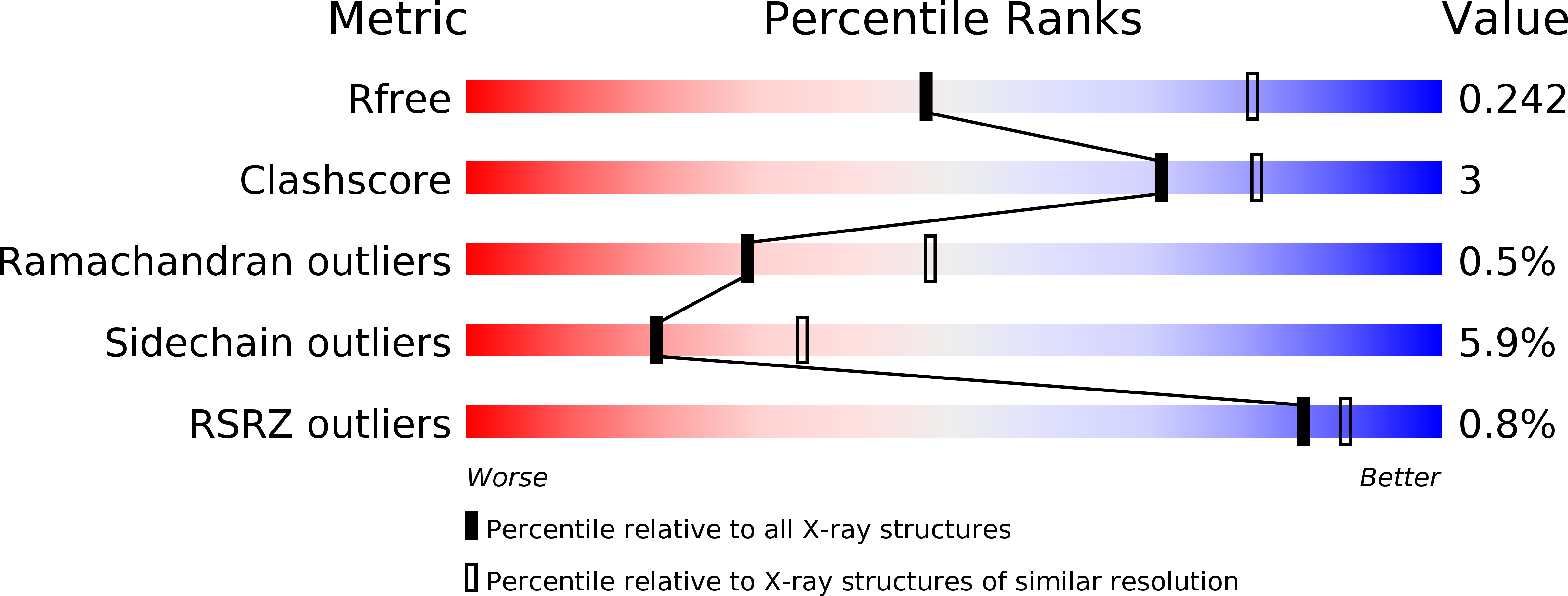
Deposition Date
2016-08-08
Release Date
2016-11-23
Last Version Date
2023-11-08
Entry Detail
Biological Source:
Source Organism:
Arabidopsis thaliana (Taxon ID: 3702)
Arabidopsis (Taxon ID: 3701)
Arabidopsis (Taxon ID: 3701)
Host Organism:
Method Details:
Experimental Method:
Resolution:
2.77 Å
R-Value Free:
0.24
R-Value Work:
0.19
R-Value Observed:
0.19
Space Group:
P 41 21 2


